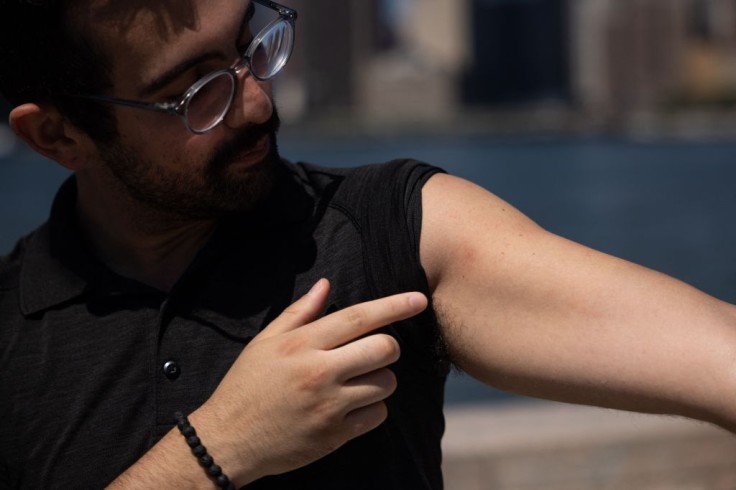
A rash is characterized as a change in the skin's appearance, which can include alterations in texture (such as roughness or smoothness) and color. It can also arise in manifestations like itchiness, warmth, dryness, cracking, blistering, swelling, or pain.
What Is Blanching Rash?
A blanching rash refers to skin eruptions that briefly lose color or disappear when pressure is applied due to a momentary lessening in blood flow to the affected area.
The causes of a blanching rash vary depending on its location, accompanying manifestations, exposure history, and familial tendencies. It is critical to notice where the rash first appears, how it progresses or spreads, and identify manifestations that signify immediate medical attention may be needed.
Clinical trials in dermatology are essential for exploring possible breakthrough medications for situations like blanching rash. These trials contribute valuable insights to medical understanding and uncover previously unexplored treatment options.
A blanching rash occurs when the skin turns white or pale temporarily upon prolonged pressure, indicating delayed return of normal blood flow to the area.
A blanching test can be performed without specialized tools, where a healthcare provider presses the fingertips against the skin briefly and observes for whitening upon withdrawal.
Diascopy is a more advanced method involving placing clear glass or plastic against the skin to assess how the skin color reacts under pressure.
Blanching occurs when the pressed area turns white or pale and fails to return to its original color immediately after pressure is released.
In contrast, a non-blanching rash does not fade under pressure and typically results from bleeding beneath the skin. While not always serious, non-blanching rashes can indicate conditions like meningitis or sepsis.
Causes of Blanching Rash
Several factors can lead to skin blanching due to temporary interruption of blood flow. These include:
- Pressure: Tight clothing bandages or extended positioning can cause skin blanching.
- Cold Temperatures: Intense cold can incite vasoconstriction, confining blood vessels and lessening blood flow.
- Allergic Reactions: Histamine discharge during allergic reactions like hives can cause changes in blood vessel expansion.
- Raynaud's Disease: This situation causes blood vessel spasms in reaction to cold or stress, leading to blanching of affected areas.
- Medications: Certain drugs influencing blood circulation or causing vasoconstriction can prompt blanching rashes.
- Circulatory Disorders: Conditions such as peripheral artery disease or deep vein thrombosis can lessen blood flow to extremities, causing blanching.
Symptoms and Treatment of Blanching Rash in Adults and Children
A blanching rash commonly presents as red or pink patches on the skin that briefly lose color under pressure. It may be accompanied by itching, varying in size and distribution across the body. Additional manifestations depend on the fundamental cause and may include fever, joint pain, headache, or gastrointestinal discomfort.
Treatment of a blanching rash focuses on addressing the fundamental cause. For allergic reactions, prevention of causes and antihistamines may be suggested.
Diseases may need antiviral or antibiotic medications, while autoimmune conditions may need immunosuppressants or corticosteroids. Symptomatic remedies can be obtained with cool compresses, over-the-counter pain relievers, and calming creams.
Consultation with a healthcare provider is important for precise diagnosis and suitable medication planning, considering individual medical history and manifestations.
Related Article: Baby Rashes 101: Essential Prevention Techniques for Healthy Skin